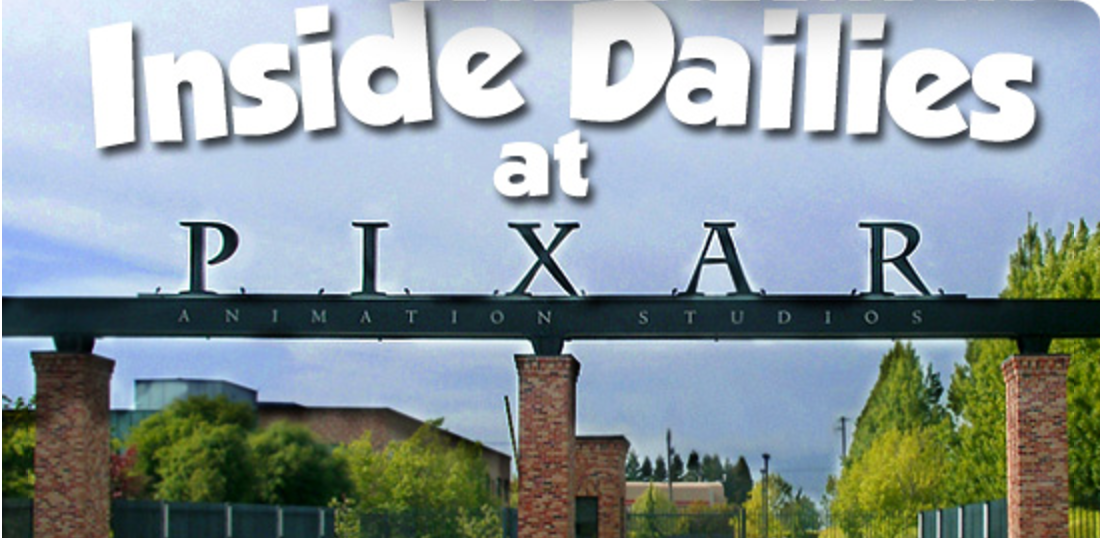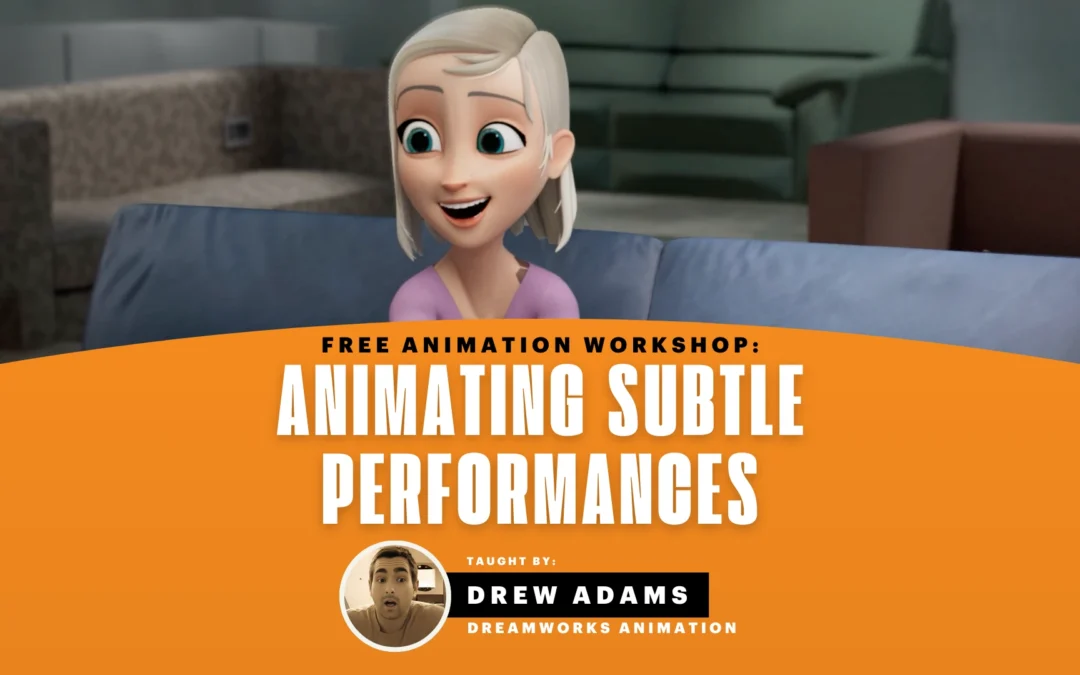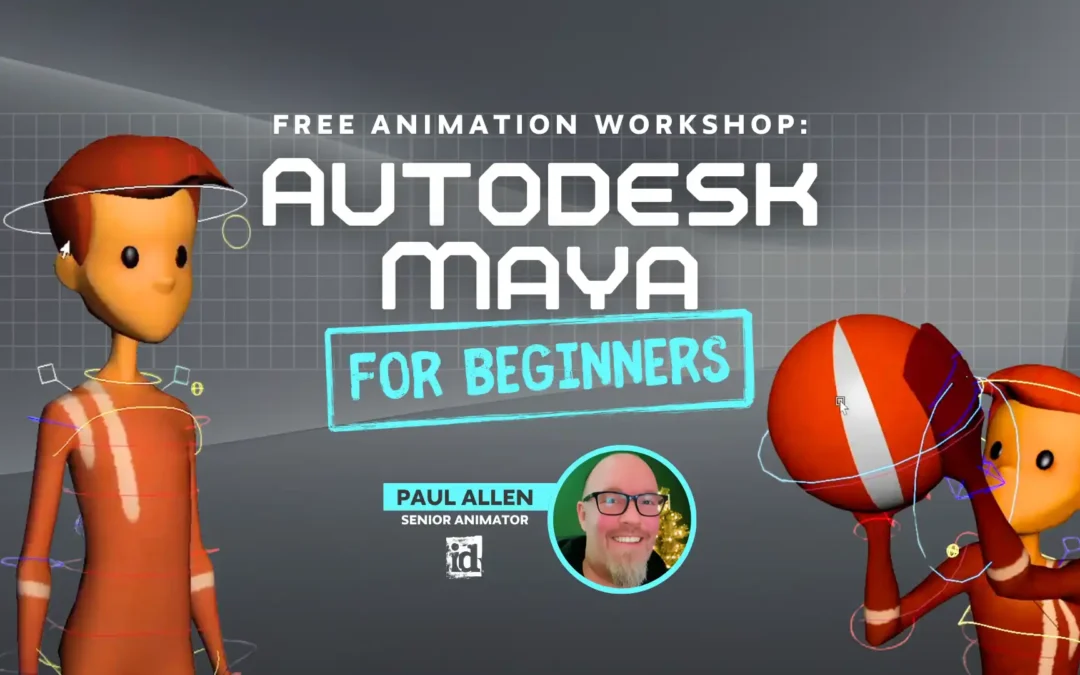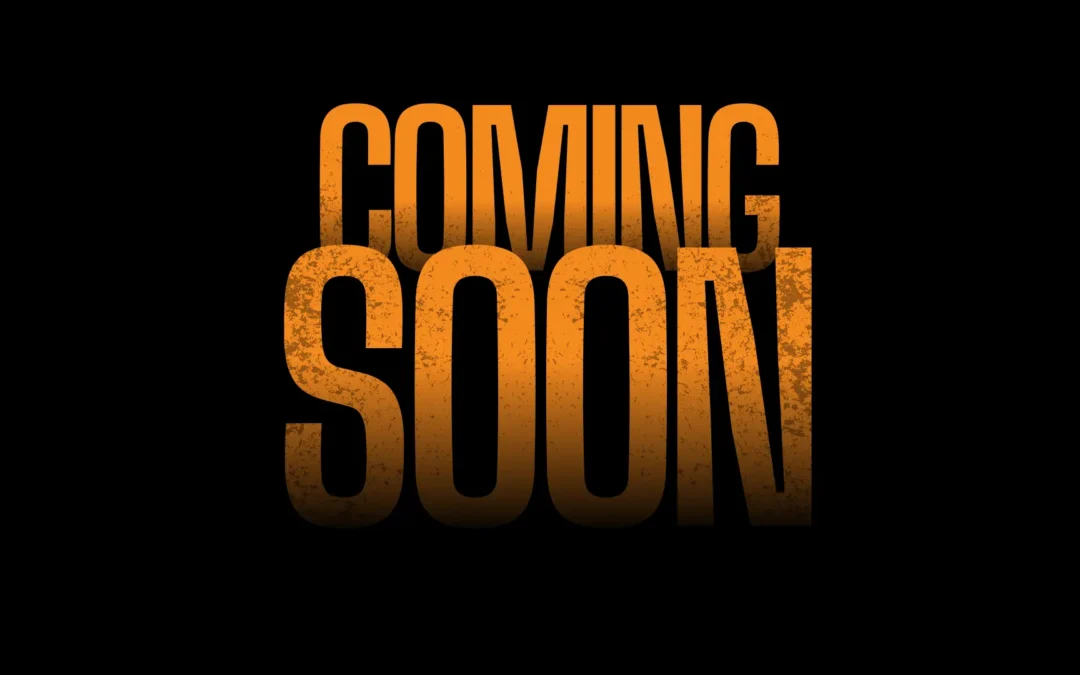
There are many things to take into consideration before asking to change something, and many factors that will affect what the answer is. Learn when (and when not) to suggest changes with legendary Pixar animator Victor Navone.
There are many things to take into consideration before asking to change something, and many factors that will affect what the answer is. First Factor: Are you asking about your own shot, or someone else’s?
For your own shot…
How far along in production are you, and what are the deadlines like? How well do you understand the character, the scene, and the overall story arc of the film?
Before you’ve shown anything of your own work to the director or supervising animators you’re free, or course, to change up your blocking as you see fit, provided you don’t waste too much time making revisions. Be aware of your deadlines and manage your time accordingly. Keep in mind also that the director has certain expectations based on the storyboards and the layout that precede your work. If you’re going to deviate very far from these, it’s a good idea to discuss it with a supervisor first, and have some strong reasoning for your changes. You shouldn’t change things just to make them “yours”—you want to make them “better”.
Once in awhile, I’ll come up with two or three solutions for how to approach a shot, and if I absolutely can’t decide I’ll rough block all the ideas and show them to the director to let him choose. This is not always practical, but if you have the time and energy I think it’s okay to do once in awhile.
We all second-guess our work after it’s complete, but you should try to focus on moving forward and making your next shot the best it can be!
Once you’ve shown your work to the director and received notes you’re responsible for implementing those notes, and the director has expectations about what your shot will look like the next time he or she sees it.
Let’s say the director has approved your blocking and you’re in the middle of working on your shot, when suddenly you have (what you think is) a better idea. Maybe it’s a clearer pose, a more entertaining piece of business, or just a different acting solution. Since your shot hasn’t been called “final” yet, it’s still mutable and there’s some room for experimentation, but keep in mind that the director approved what you had, and isn’t expecting changes. In this case, I would suggest showing your new idea to your supervising animator first, and if he/ she agrees that it’s a strong idea and worth the effort of changing, then you can discuss how to best present your ideas to the director. Whatever your new idea is, don’t spend a lot of time on it until the director buys into it. Thirty minutes to an hour, tops. Can you sell the idea with a couple of drawings? Can you verbalize it or act it out for the director? You don’t want the director (and producer) thinking you’re wasting a lot of time on alternative ideas when your blocking has already been approved, so be economical with your efforts, and remember to save a copy of your approved blocking before you start making changes so you can easily go back to it if you need to.
Hopefully, your director is open-minded and will realize a better idea for what it is. Or if he rejects it, he’ll have a good reason for it, which he’ll make clear to you.
Another scenario: You’ve completed your shot and have other work to move on to, but you think of a way to make that last shot better. In the heat of production, this just may not be practical, depending on what your deadlines are and what other departments are counting on you. For example, the lighting department may be starting to light your shot, so you don’t want to go mucking around in there and mess up their work. Again, consult your supervisor to find out the best course of action. Under no circumstances should you go in on your own and start making modifications to the shot after it has been called “final” and has moved on down the pipe. Unless you’re looking for a good way to upset your manager, producer, and TDs!
Scene from Cars © Pixar 2006
I remember back when I was working on Cars, I had animated a scene of Doc Hudson doing a series of small jumps in slow motion as he raced around Willy’s Butte. The shot had been finaled by director John Lasseter and had moved on down the production pipe. A month or so later, I was looking back at that shot and it just didn’t look right to me. The weight was off, and the physics just weren’t believable, even in slow motion. I mentioned it to my supervisors, and they agreed that the shot could be improved. They told me to go ahead and make the changes I wanted, and then we would show it to Lasseter for approval. I was able to turn around the changes in about a day while working on other shots. The supervisors and I showed it to Lasseter at the end of dailies one day, and he liked it better, so my animation got updated for the film. In this particular case, I don’t believe that lighting or FX had started working on the shot yet; I was hitting my deadlines and the animation schedule was not too hectic, so it wasn’t a big deal to make the changes.
Sometimes animators will be asked to go back into shots long after they are finaled to do fixes, or even to change performances. When dealing with new characters on an animated film, it can take us awhile to “figure them out,” and we may realize halfway through the film that the early animation is not consistent with the new animation. You may be given the opportunity to go back into your shot to make some adjustments, and if you have other ideas, you may be tempted to go beyond what was asked in the fix request.
Depending on the type and circumstances of the fix, it’s probably not a good idea to go and radically change the performance. Again, consult your supervisor. On WALL-E, we had to go back and fix a lot of early shots with EVE. It took us awhile to figure out how “floaty” to make her, and how much to offset the arms and head from the body.
Scene from WALL-E © Pixar 2008
Once we had a look we liked, the animators went back into old shots and updated them with the proper look. Sometimes we would update our own shots, and sometimes the shots would be handed off to fix animators if we didn’t have the time.
I guess the moral of the story in these cases is, “ask your supervisor.” He or she will have a good feeling for how the director will respond, and is much more aware of how changing your shot will affect the production pipeline. If your requests to change a shot are denied, don’t dwell on it or take it personally.
We all second-guess our work after it’s complete, but you should try to focus on moving forward and making your next shot the best it can be!
What about changing other people’s shots?
You’ve probably watched another animator’s work before and thought, “I would have done that differently” or “I can think of a better solution for that problem.”
How do you suggest the change in an appropriate way?
This is a little trickier, and may require more discretion.
I remember when I first started at Pixar and being in dailies on Monsters, Inc. I was, of course, very intimidated being in a room with so many great animators with more feature animation experience than I had (which was none at the time). Dailies at Pixar are very collaborative, and animators are encouraged to voice their opinions and solutions alongside the director and supervisors. Still, being the rookie, I didn’t want to presume or suggest that I was smarter than anyone else in the room, much less make a fool of myself by suggesting something that might be obviously wrong to all the others.

If I had a comment or critique that I felt was particularly valid I would whisper it to the late great animation supervisor Glenn McQueen. He would either explain to me why my idea wasn’t appropriate, or he would pass it on to the room, giving me credit.
After a few months of learning the ropes, listening to the director and other animators, and more importantly, proving myself by showing my own work in dailies, I was confident enough to voice my own comments.
Anytime you have a comment on someone else’s work it’s important to gauge the situation before speaking up. You always want to present your ideas in a constructive manner and be respectful of the other animator’s feelings. You also need to respect the director’s sovereignty and understanding of the big picture. I usually start my suggestions with “what if” or “would it be clearer if [the character] did it this way.” Always make your comment about the shot, not about the animator. If you’re making a radical suggestion that would result in throwing out much or all of someone’s work, take into consideration what the animator’s deadline might be.
Above all, be sure you understand the point of the shot. If lots of other animators are speaking up about the shot, you may want to hold your tongue so as not to bombard the animator with too many ideas. Also, keep in mind the limited schedule of dailies and the number of animators who are waiting to show their work.
Sometimes if I have a small note on a shot and I don’t want to waste everyone’s time, I’ll approach the animator personally after dailies and share my idea. If I do this I try to first say something positive about the shot, and then make specific suggestions: “Hey, your shot’s looking great. I like what you did with X. I think Y could be clearer. Have you tried Z?” Most animators will respond positively to constructive feedback, and if they don’t, then you know not to waste your time on him or her again!
Anytime you have a comment on someone else’s work it’s important to gauge the situation before speaking up.
Once in a rare while, I’ll be in dailies and the director will give a note on my shot or someone else’s shot that I don’t agree with. I would say to myself, “That character wouldn’t do that in this situation.” Most of the time, I’ll keep the note to myself and discuss it later with a supervisor. However, if I have a comfortable relationship with the director, then sometimes I will ask about it right then and there. I’ve never had a director respond negatively to my challenge, but then again, I’ve also never changed a director’s mind. Ninety-nine percent of the time I’ve found that the director ended up being right, and the note he gave worked best in the overall context of the film. This just reiterates to me how important it is to trust and respect the director. It also reminds me how lucky I am to work with such talented directors who know what they want and have strong story instincts.
Want to learn from pro animators working at major studios?
Start your animation journey by learning with professional animators from a variety of studios and career paths! Get more information about Animation Mentor’s Character Animation Courses.



